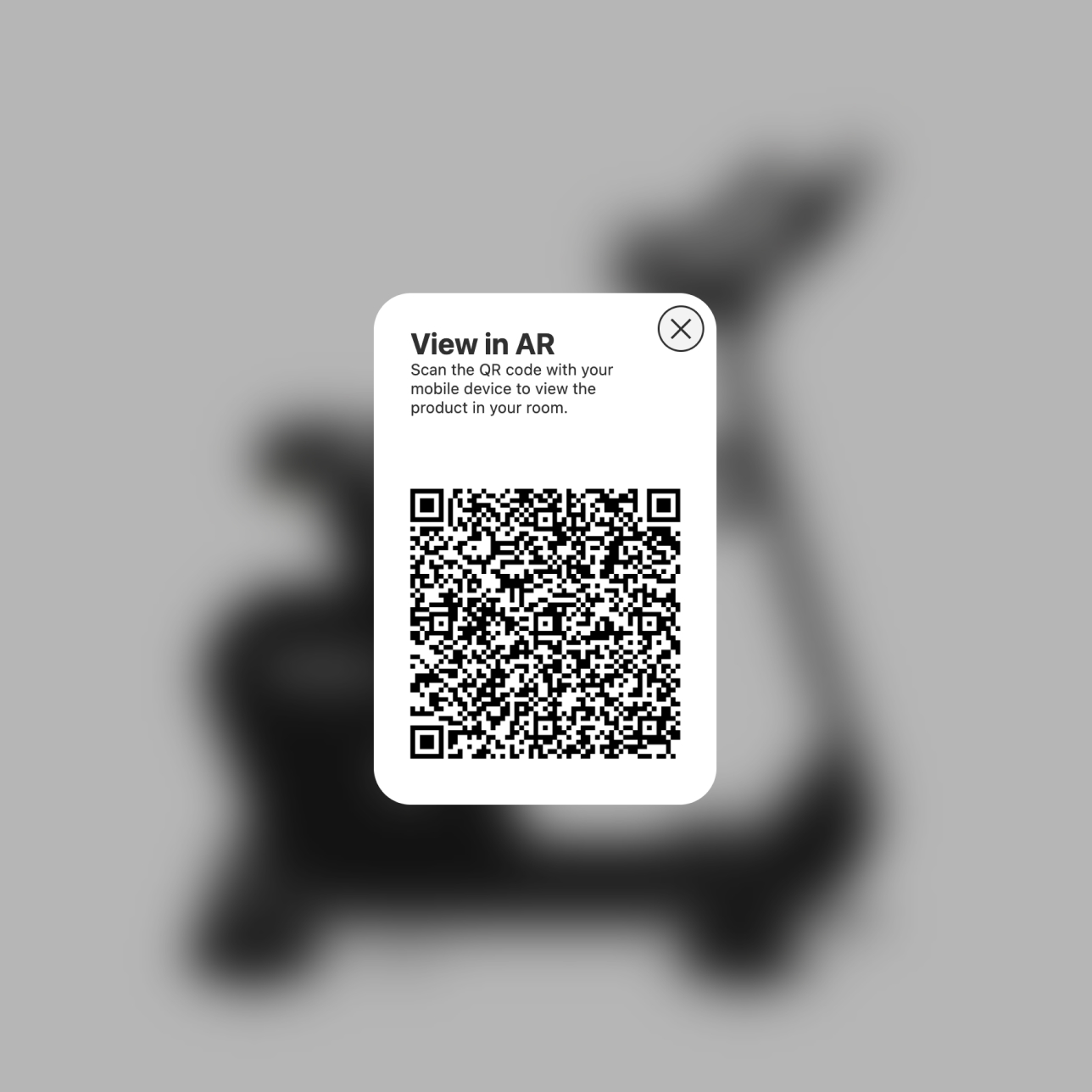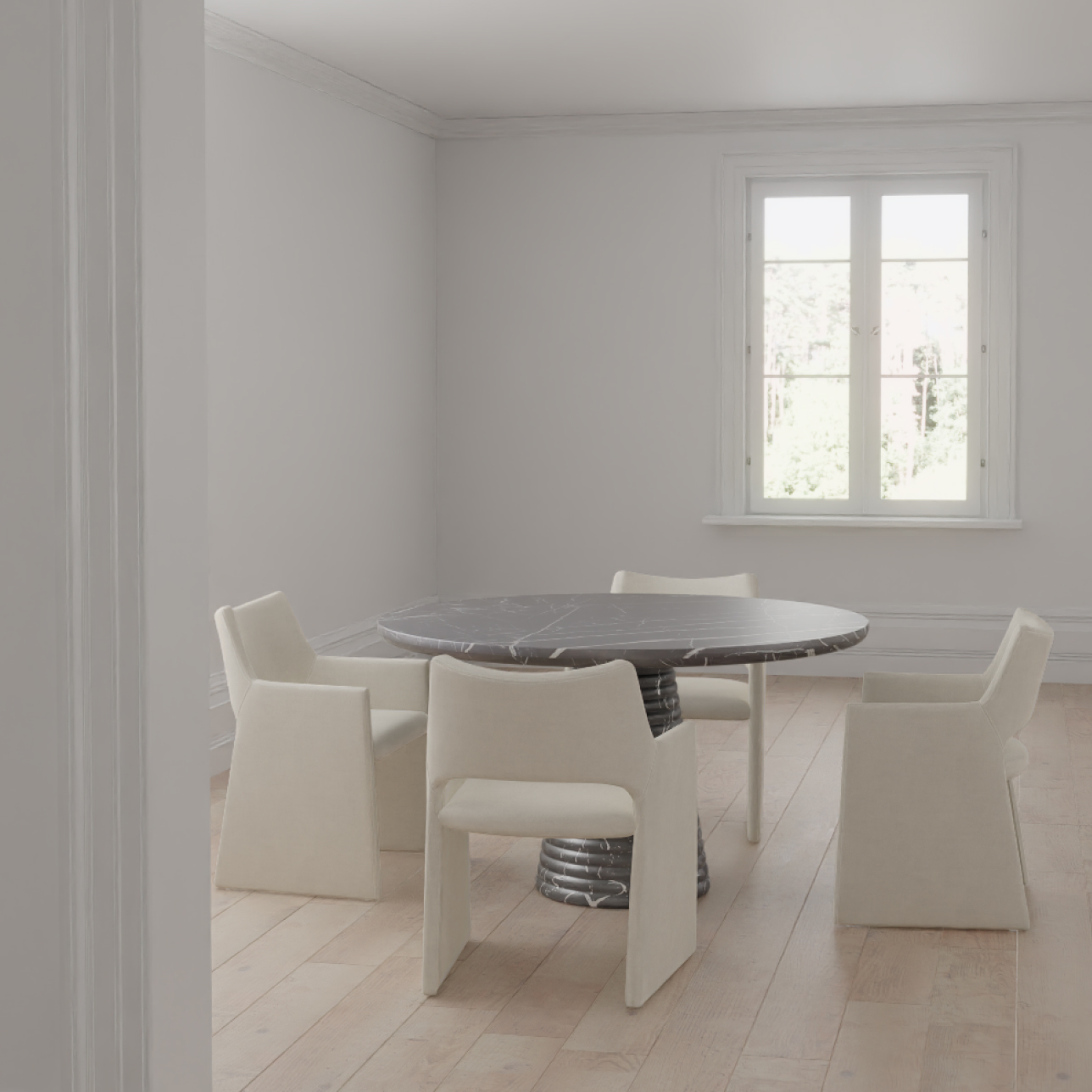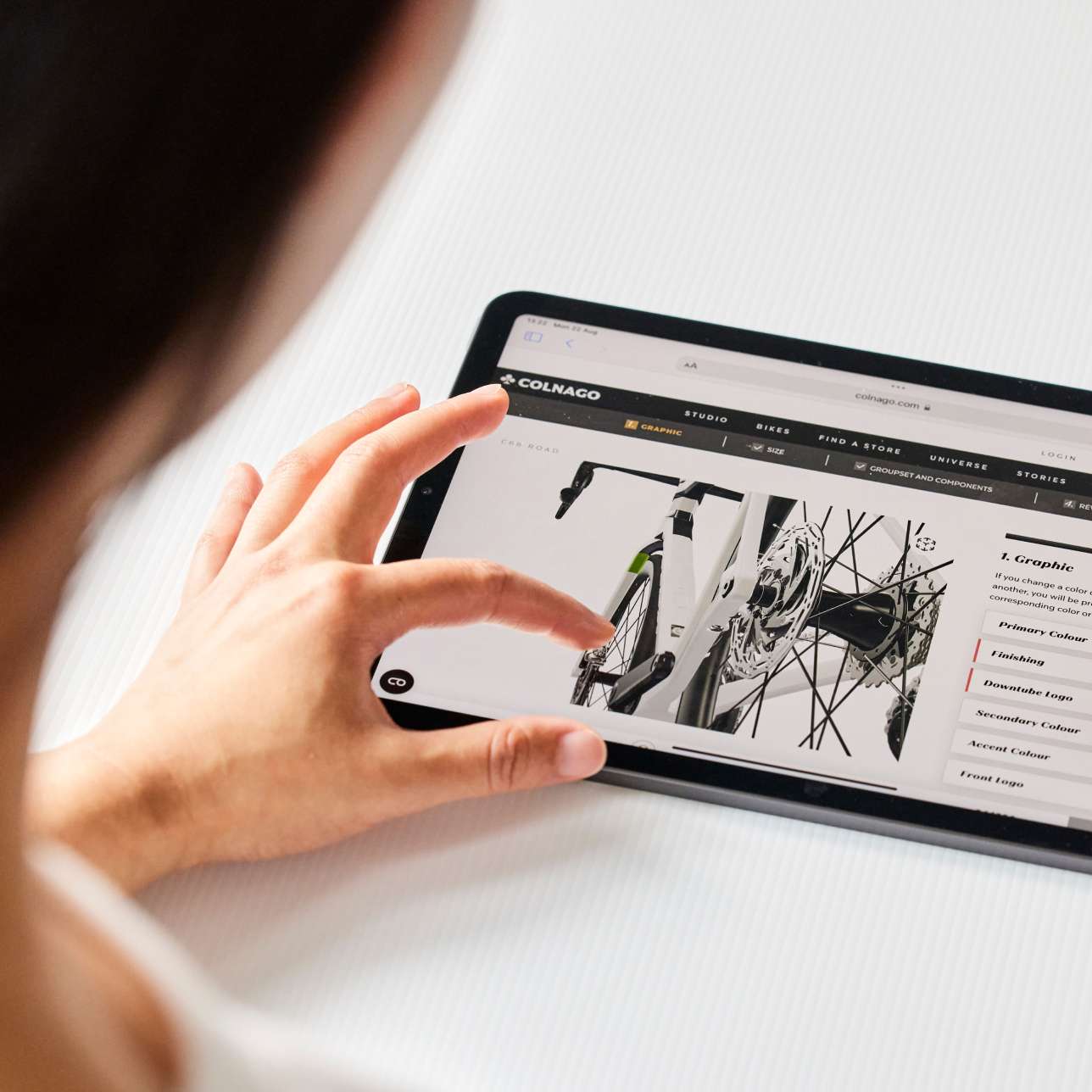A marketer’s guide to 3D product marketing

Online shopping has never been more competitive. For eCommerce brands, this means that standing out from the crowd has never been more important.
Enter 3D product marketing – an immersive, visually rich way for online retailers to showcase their products that is changing how customers shop, engage and buy.
In this actionable guide, we’ll explore what 3D product marketing really is, where it can be most effective and, most importantly, how it can work for your brand.
So, what is 3D product marketing?
3D product marketing is any form of marketing that uses interactive, lifelike three-dimensional models to showcase products in a more realistic way than traditional 2D marketing.
This form of product marketing – which is typically but not exclusively digital in nature – uses visualization features from basic 3D product models to 360-degree spins, custom configurations and even try-it-in-your-space AR previews.
3D product marketing isn’t just about showcasing the aesthetics of a product on social media or on display ads. It’s about giving shoppers more useful context so they can better understand the size, scale and materials of a product, or even how it might fit into their environment. That level of insight can be the difference between a hesitant bounce and a confident conversion.

Why 3D is changing the digital marketing game
Static product photos and videos – the traditional staples of eCommerce marketing – are looking increasingly clunky and old-fashioned in the face of emerging product visualization techniques.
A single 3D product model with 360° spin can do the work of multiple static images and goes even further by offering a level of interactivity and freedom of movement that even video can’t match. With 3D product marketing, online users are able to zoom, rotate, animate and customize products on the fly.
From social media posts with interactive product configurators to AR-enabled online ads, this extra layer of interaction helps online shoppers feel more confident, engaged and ready to convert.
With increasing digital fatigue, static content is easy to overlook. 3D visuals bring back that wow factor, especially in product categories where tactile shopping has traditionally been so important such as with fashion, homeware and electronics.
“After 20+ years in the digital commerce space, I’ve seen 3D product marketing evolve from novelty to necessity. The most effective use case in eCommerce is for complex products where tactile understanding matters – think customizable furniture, technical equipment or luxury goods where fine details drive purchase decisions.”
– Dwight Zahringer, Founder, Perfect Afternoon
Types & examples of 3D product marketing
Here are the primary channels where 3D can really shine across your marketing funnel:
Social Media
Standing out amid the cacophony of social media noise is made that much easier with interactive content using 3D product models. From interactive posts to AR filters to 3D-powered ads, 3D product marketing can turn passive views into engaging, hands-on product experiences.
Example – L’Oréal joined forces with Instagram and ModiFace to bring virtual makeup try-ons to peoples’ feeds, allowing users to swipe on lipstick or eyeshadow instantly, no app-hopping required.
“Instagram and Facebook have been goldmines for our DTC fashion clients using 3D visualization. One clothing brand we worked with implemented 360° product views that showed how garments drape and fit on different body types, reducing returns by 18% and increasing average order value by 22%.”
– Samir ElKamouny, Founder & CEO, Fetch & Funnel
Online & Display Ads
Put simply, interactive 3D ads are much more effective at stopping the scroll than static product imagers or even videos. Allowing users to interact with 3D products within ads can boost click-through rates and drive higher conversion by offering a more immersive product experience.
Example – Premium Italian gin brand Malfy used AR to demo how its gin can transport drinkers to the sun-drenched Amalfi coast by scanning the QR code on their online ads, as well as physical bottles, OOH and POS sites.
Email Campaigns
The inclusion of looping 3D animations or product teasers can provide greater engagement with boosted open rates and clicks, especially when compared to static images and monotonous text.
Example – brands such as home furnishings company Crate & Barrel have used 3D content (created by London Dynamics) in their email marketing to improve engagement and showcase customizable products such as sofas.
“The most overlooked but effective channel for 3D product marketing is email. Our data shows personalized emails containing 3D product demos achieve 6X higher transaction rates compared to static images. For one home goods client, we embedded 3D configurators in their nurture sequence, allowing prospects to customize products before visiting the site.”
– Ronak Kothari, Owner, Ronkot Design
SEO
Google and other search engines now support 3D and AR product previews directly in search, helping eCommerce brands stand out with rich product snippets. Plus, immersive 3D content can dramatically increase on-site engagement metrics such as time on page as well as reduce bounce rates – both important metrics in improving SEO performance.
Example – game and concept art studio AAA Game Art Studio created an immersive 3D animation for the launch of a new game that went viral. The big boost in social media buzz and site visitors saw their search engine rankings go through the roof.
Out-of-Home (OOH) Ads
A growing number of brands are bringing 3D marketing into the real world through dynamic OOH campaigns. Whether it’s lifelike animations on massive digital screens or immersive visuals across buses, stations and kiosks, these experiences transform public spaces into unforgettable brand moments.
Example – Subway utilized an interactive 3D billboard in London that not only used mesmerizing 3D visual effects but allowed people to scan the ad on their phone and create their own subway sandwich on screen. They even had Subway ambassadors hiding in the crowd to surprise the public by delivering them their sub of choice!
In-store
Brands are increasingly using 3D imagery to create extraordinary product images and videos for in-store use, replacing expensive traditional product photography in the process. AR mirrors, virtual try-on and QR triggered AR product visualizations are becoming more popular in enhancing the in-store shopping experience.
Example – From launching special edition Nike Air Force 1s with virtual try-on capabilities to using in-store AR mirrors for their Back to School campaign, Nike has partnered with Snapchat to become a trailblazer in enhancing their shopping experiences with 3D and AR technology.
How to use 3D product visualization for marketing
Once you have 3D models of your products, the possibilities are almost endless. For best results, you need to start with high-quality 3D models, ideally crafted from CAD files but you can also source them via photogrammetry or have them created by 3D artists.
Then it’s a case of plugging them into your preferred digital marketing campaigns:
- Add interactive 3D viewers to product detail pages.
- Drop 360-degree product spins or animations into social media posts and paid ads.
- Use QR codes on packaging or in stores to launch AR product previews.
- Let customers configure materials, colors and components live on your site.
You can also use 3D assets in video content, influencer kits and even print catalogs through QR-enabled content. It’s all about creating a richer, more engaging journey for your customers before, during and after they purchase your products.

“One of my eCommerce clients selling running shoes implemented 3D product visualization that allowed customers to virtually “try on” different styles. We integrated this with a targeted email campaign offering their sizing chart as a lead magnet first, followed by access to the 3D tool. This approach increased conversion rates by 34% compared to their standard product pages.”
– Milton Brown, Owner, Multi Touch Marketing
Choosing the right 3D software partner
To get the most out of 3D product marketing, you need the rights tools and support.
London Dynamics provides a powerful, dynamic 3D visualization platform that makes creating and deploying 3D and AR content easy, no matter product type or industry.
Whether you’re a growing D2C brand or an enterprise retailer, our platform can integrate with all of your current systems, scales as your grow and helps you deliver next-level product experiences.
With a built-in CMS system, real-time product configurator and in-depth analytics that track interactions and conversions, London Dynamics gives you full control over your 3D product marketing strategy.
Ready to bring your products to life? Get in touch with our team today to learn more.

Schedule a 30 minute introductory call with our team to learn more about the opportunities for your business.
Blog.
We’re working at the forefront of digital technology and believe in sharing knowledge within the industry to help elevate and unlock the power of 3D and AR.



